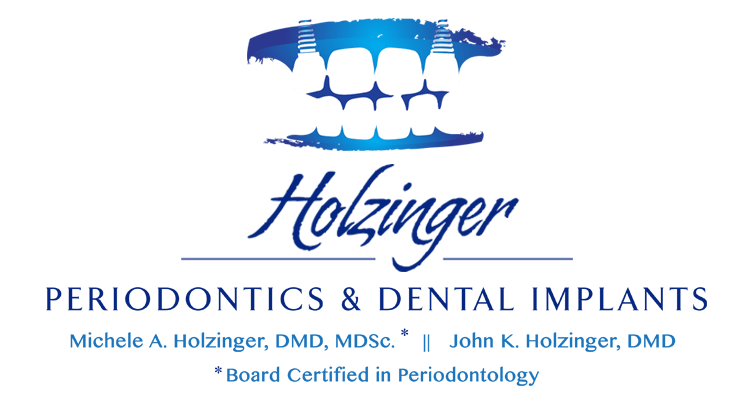When someone has gum disease, small pockets can form between the gums and the parts of the teeth that are normally covered by the gums. This space allows plaque and tartar to grow in places that regular tooth brushing and cleanings cannot reach.
If this happens to your teeth, your dentist may recommend root scaling and planing, also known as a deep cleaning. Scaling and root planing is known as the first line of treatment for chronic gum disease. That means dentists usually recommend this treatment before trying more invasive procedures. It can take between one and four visits to complete, depending on the severity of the gum disease.
What Does Scaling and Root Planing Do?
The primary goal of a deep cleaning of the teeth is to remove all of the plaque and tartar, even in those hard-to-reach places. The procedure also aims to smooth the tooth surface so that the connections between the gums and teeth can re-form, getting rid of the deeper pocketing.
By doing this, scaling and root planing can prevent or reduce some of the serious problems associated with gum disease, including:
- Tooth loss
- Bleeding gums
- Tooth sensitivity
- Bone loss in the jaw
Prevention of and early intervention in gum disease is vital to great oral health.
Do Dental Deep Cleanings Work?
Scaling and root planing has become the gold standard in gum disease treatment because it works well without being as intensive as alternatives. Scientists at the Journal of the American Dental Association looked at the result of 72 studies and found that deep cleanings improve the way the gums attach to the teeth by 0.5 millimeters. While that may seem small, it’s usually plenty to prevent worsening gum disease and restore the gum line. New advancements in technology have made the procedure more cost-effective and easier for the patient.
Some patients with chronic gum disease need to have scaling and root planing done more than once. That doesn’t mean that the procedure didn’t work. Instead, it means that the deep cleaning pushed back the progression of the disease. It’s better to have scaling and root planing done several times throughout your life than to need more intensive interventions later on.
Taking Care After Scaling and Root Planing
How well the procedure will work for you depends on several factors, including the severity of gum disease. It also depends on how well a patient follows the dentist’s directions after the deep cleaning. It’s important to follow the directions your dentist gives you and follow up with them if you have any questions.
There are some things you can do at home to help your gums and teeth stay plaque-free:
- Brush twice daily with a toothbrush recommended by your dentist or hygienist
- Floss thoroughly daily
- Use any medications after the procedure as prescribed
- Get dental cleanings once or twice per year (this may increase to three or four times a year if you have gum disease)
- Use a therapeutic mouthwash
- Stop smoking if you currently smoke
Taking charge of your oral health can be empowering and effective.
Scaling and Root Planing at Holzinger Periodontics & Dental Implants
Do you need a dental deep cleaning? The caring professionals at Holzinger Periodontics & Dental Implants can help. Our team cares for their patient's well-being and can help you choose the most effective gum disease treatment for you.
To learn more about scaling and root planing or to schedule an appointment, contact our office at one of our convenient locations below:

